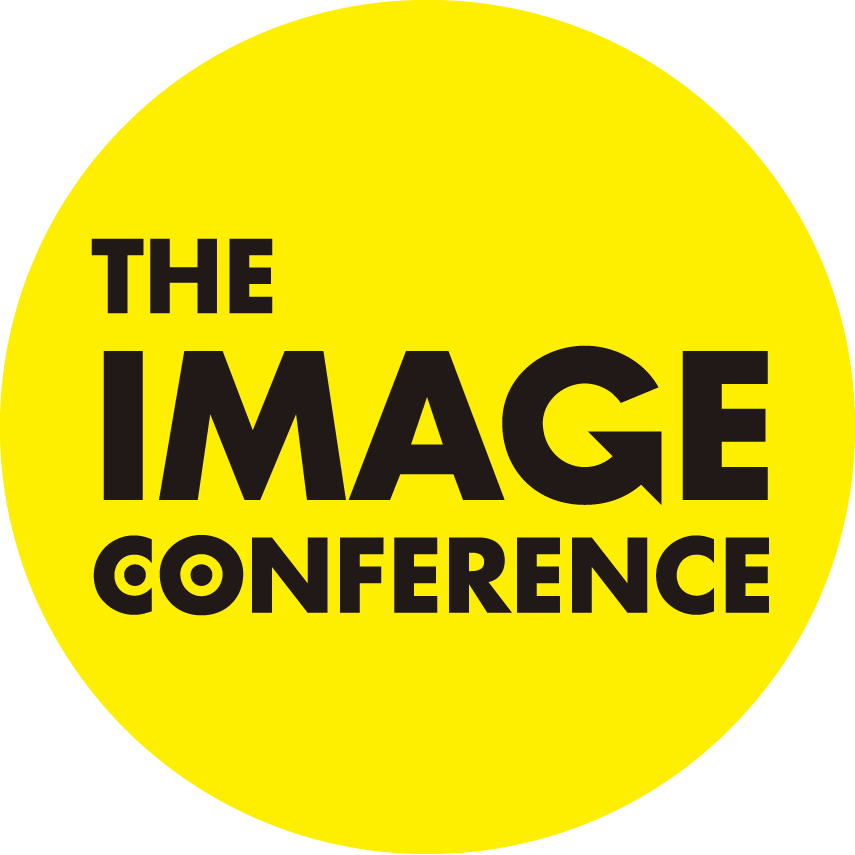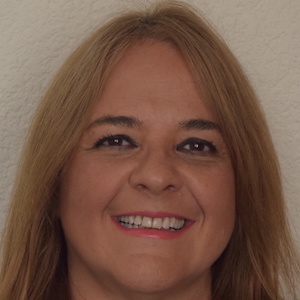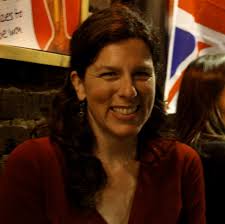Anna Whitcher and Kieran Donaghy’s short film A Visual Manifesto for Language Teaching which was premiered in the closing plenary session at The Image Conference in Córdoba is now available to watch and download online. The film aims to encourage us to reflect on and analyse the increasing number of images we encounter in our everyday life, and promote visual literacy in education.
A Visual Manifesto from Whitcher and Donaghy on Vimeo.
The film is inspired by a written manifesto which aims to place images at the centre of the language learning agenda and promote visual literacy in language education. You can find out more about the manifesto at the A Visual Manifesto website. You can download the manifesto MANIFESTO, or read it below.
The concept of literacy is taking on a new shape to include much more beyond traditional print. Literacy in the 21st Century can now be defined as the repertoire of knowledge, understanding and skills that enable us to participate fully in our social, cultural, professional and political lives.
The ability to evaluate images and moving texts has become an integral part of the new concept of literacy in the age of the image. As language teachers, we now have the privilege to help our students use, understand and enjoy images in all their forms.
Young people need to be able to ‘read’ and ‘write’ in all forms of communication, not just the traditional written word, if they are to successfully meet the demands of their futures in which the willingness to embrace change will be a key skill.
Schools need to start relying less on print as the primary medium of dissemination and instruction and instead, move towards visual media and the screen. Instruction can then emphasize creative production in which students and teachers take advantage of the emergence of new digital tools, and the increased access to affordable filming and editing equipment.
Training in visual literacy and media production should become a standard requirement for all teacher teaching training programmes so that teachers can learn to teach communication in all its forms and build systematic opportunities for their students to watch, analyse, interpret and understand moving images texts.
As language teachers, our responsibilities now include equipping young people with the ability to become more actively involved in the media culture that surrounds them, and encourage them to participate in a more critical way as cultural producers in their own right.
Students should be given the opportunity to tell their stories in all the forms of communication that are relevant and important to them and learn to become active problem solvers.
Placing the image in all its different forms at the centre of the language learning agenda offers us the opportunity to return to the creative and imaginative paradigms of language teaching.





